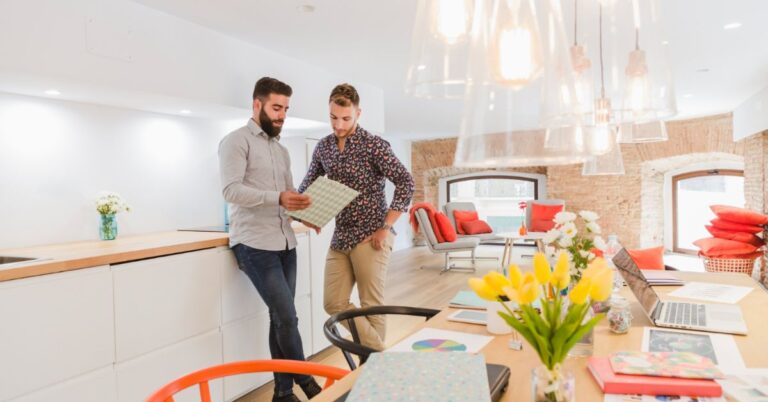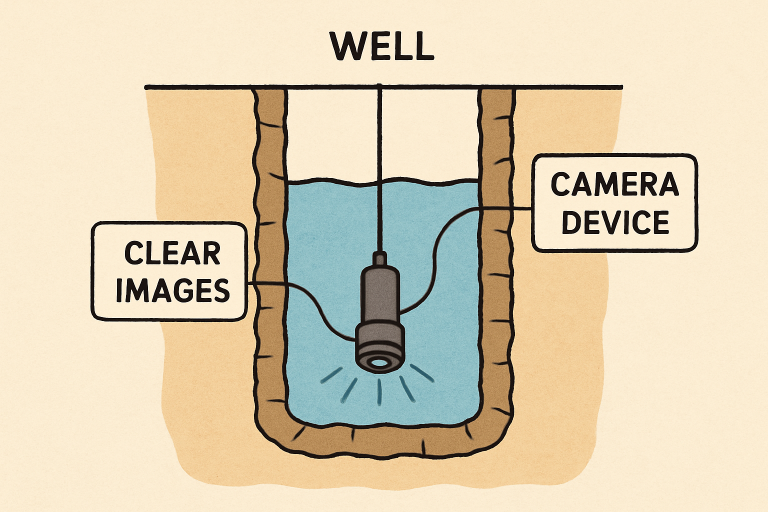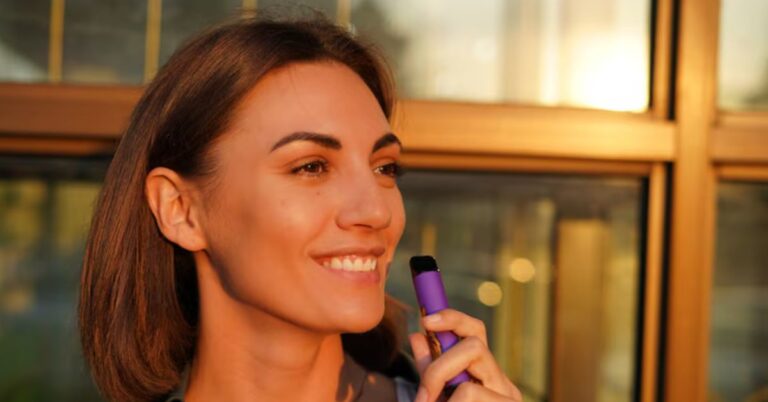Top Trends in Engineered Hardwood Flooring Installation and Remodeling
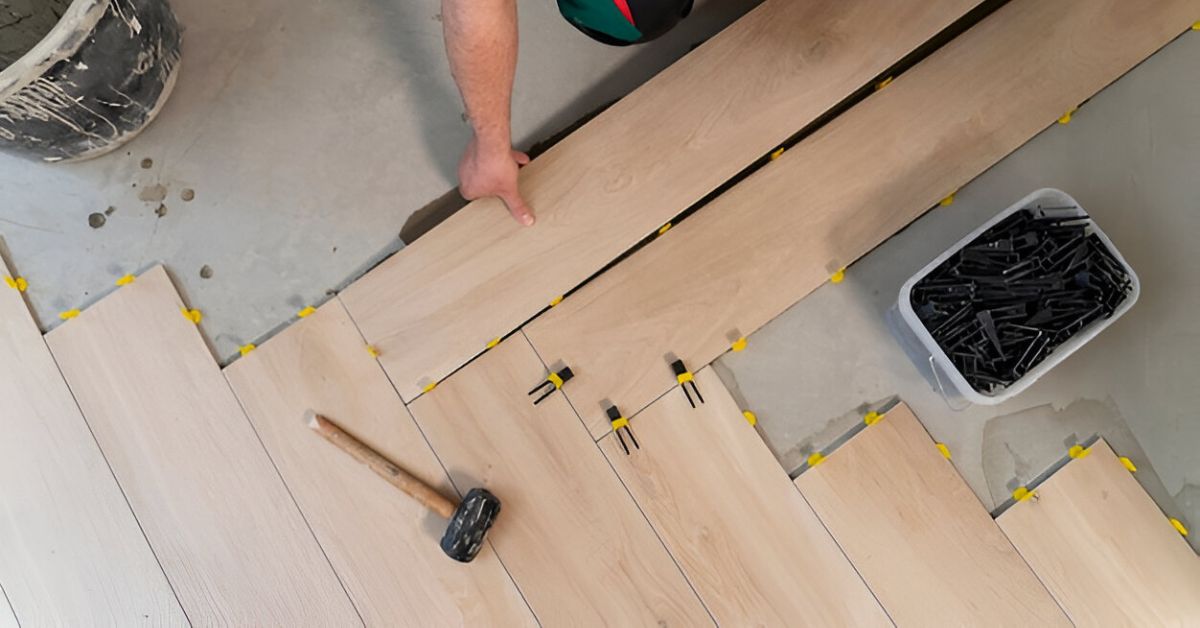
Introduction
Engineered hardwood flooring is rapidly transforming the landscape of home remodeling by offering an innovative blend of luxury, practicality, and ecological responsibility. Today’s homeowners are looking well beyond aesthetics alone—they want flooring solutions that are beautiful but exceptionally durable, easy to maintain, and in harmony with environmentally conscious values. As families and individuals plan their home upgrades, understanding the latest trends is increasingly essential for making informed, long-lasting investments. Whether renovating a single room or launching a full-scale home transformation, knowing how to select and care for your hardwood floors can significantly impact performance and visual appeal. Suppose you already have hardwood installed and want to preserve or restore its natural beauty. In that case, professional hardwood floor refinishing is a brilliant service to consider, helping ensure your flooring maintains its character and longevity year after year.
Staying up to date with flooring trends adds immediate value to your property and creates living environments that reflect both modern style and timeless sophistication. This comprehensive guide will explore the top engineered hardwood flooring trends shaping installations and remodels in homes today. Emphasizing advancements in style, resilience, and eco-friendly practices, these trends cater to homeowners seeking premium materials that stand the test of time, both in aesthetic versatility and responsible sourcing.
Wide Plank Designs
One of the most striking transformations in engineered hardwood flooring is the surge in popularity of wide plank designs. These planks, ranging from 7 to 10 inches in width, do more than cover your floor—they provide a sophisticated canvas highlighting the intricate grains and subtle color shifts of natural wood. Wide planks help create a sense of openness and grandeur, making rooms of all sizes more expansive and connected. The larger surface area means fewer seams, translating to a sleeker, less fragmented appearance that works as well in modern lofts as in rustic country homes.
Manufacturers have responded to growing demand by offering wide planks in a vast array of finishes, textures, and wood species, making it easier than ever to tailor the look to your personal style. In addition, these broad planks are remarkably versatile—they pair beautifully with open-concept layouts, where their uninterrupted lines emphasize spatial flow. Even in commercial environments, wide plank engineered hardwood is lauded for its durability, ease of installation, and statement-making appeal. For homeowners seeking to achieve maximum visual impact and timeless allure with their flooring investment, wide plank designs serve as a remarkable foundation for any remodeling project.
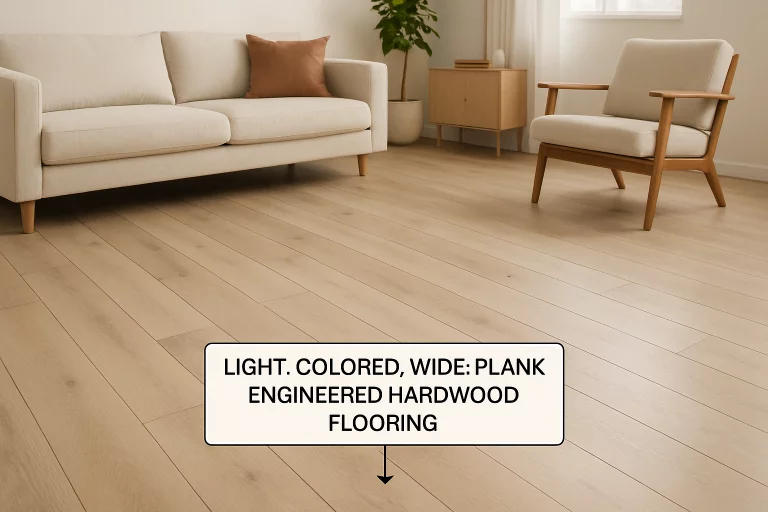
Light and Natural Wood Tones
Recent trends in engineered hardwood have seen a noticeable move from heavy, dark stains toward lighter, more natural hues like blonde, honey, and muted browns. These light woods are highly prized for their ability to infuse rooms with brightness, making even small or shaded spaces larger, more inviting, and tranquil. Beyond their highlighting, lighter floors adapt seamlessly to various design schemes, from minimalist Scandinavian-inspired spaces to bohemian or eclectic interiors. The soft, neutral shades provide an ideal backdrop, highlighting your furniture and décor while retaining a sense of warmth and hospitality.
Advances in manufacturing and finishing techniques have made it possible to produce engineered hardwood that accentuates the inherent details of various woods, overpowering them with artificial coloring or heavy stains. This approach maintains the authentic essence of the material, giving homeowners a direct connection to nature. Light and natural wood floors not only support a peaceful ambiance but offer a flexibility that’s especially valuable if you want to refresh your décor over time without major renovations. Designers and homeowners naturally gravitate toward these tones, seeking lasting style and adaptability in their living spaces.
Textured Finishes
The textural appeal of engineered hardwood flooring has never been more at the forefront of design. Adding texture through specialized finishing techniques—like wire-brushing, hand-scraping, or intentional distressing—introduces visual complexity and tactile interest to your floors. These finishes give each plank a unique character, helping to tell a story and evoke a sense of craftsmanship that mass-produced, perfectly smooth boards cannot replicate. Textures capture and reflect light compellingly, creating a layered effect that adds depth and warmth to any room.
Textured finishes are also efficient. They disguise minor scratches, scuffs, and signs of everyday wear, which is especially beneficial for high-traffic households with children or pets. The added durability means your floors retain a well-kept look for longer, reducing the frequency of intensive maintenance. Wire-brushed surfaces gently remove softer fibers from the wood grain, giving the floor an artisanal, slightly weathered look and inviting touch. Hand-scraped flooring painstakingly recreates the appearance of traditional hand-crafted planks, delivering a comforting, lived-in feel that complements a wide array of interior styles. Both options offer a lasting blend of style and practicality, making them favorites among today’s homeowners.
Geometric Patterns
Gone are the days when straight, parallel planks were the only option. The artistry of engineered hardwood now extends to bold geometric layouts, with intricate patterns like herringbone and chevron leading the way. These eye-catching configurations provide a sense of movement and direction, instantly elevating the sophistication of any area. Geometric patterns add drama and flair, transforming ordinary rooms into visual masterpieces that echo the elegance of historic European interiors while remaining distinctly modern.
Engineered hardwood’s superior stability and adaptability make it the perfect choice for these precise installations. Unlike solid wood, it can be installed over concrete, below-grade spaces, and even radiant heat, broadening design possibilities. For those who want to make an even greater statement, options like basketweave, mosaic parquet, or mixed-width layouts offer limitless potential for customization. Whether you want a subtle decorative touch or a show-stopping focal point, geometric patterns personalize your flooring and make your space unique.
Eco-Friendly Materials
Environmental stewardship is a defining priority in contemporary flooring, and engineered hardwood is at the forefront of sustainability. The best products on the market are produced from responsibly harvested, rapidly renewable timber sources, feature recycled content, and utilize low-emission adhesives that promote healthier indoor air quality. Engineered flooring’s layered structure allows for greater resource efficiency; less slow-growth hardwood is used overall, and fast-growing, more sustainable woods make up the inner core, reducing environmental impact and supporting responsible forestry practices.
Certifications from reputable organizations, such as the Forest Stewardship Council (FSC), indicate that your flooring supports ethically managed forests and local communities. The shift toward sustainable materials extends beyond sourcing to more eco-friendly manufacturing, finishes free of harmful chemicals, and practices encouraging floors to last longer. By choosing eco-conscious engineered hardwood, you’re not only making a positive impact on the planet but also creating a healthier, more resilient home for your family. For detailed guidance on sustainable flooring solutions and maintenance, consult a trusted specialist or consider hardwood floor refinishing to help maximize the lifespan of your investment.

